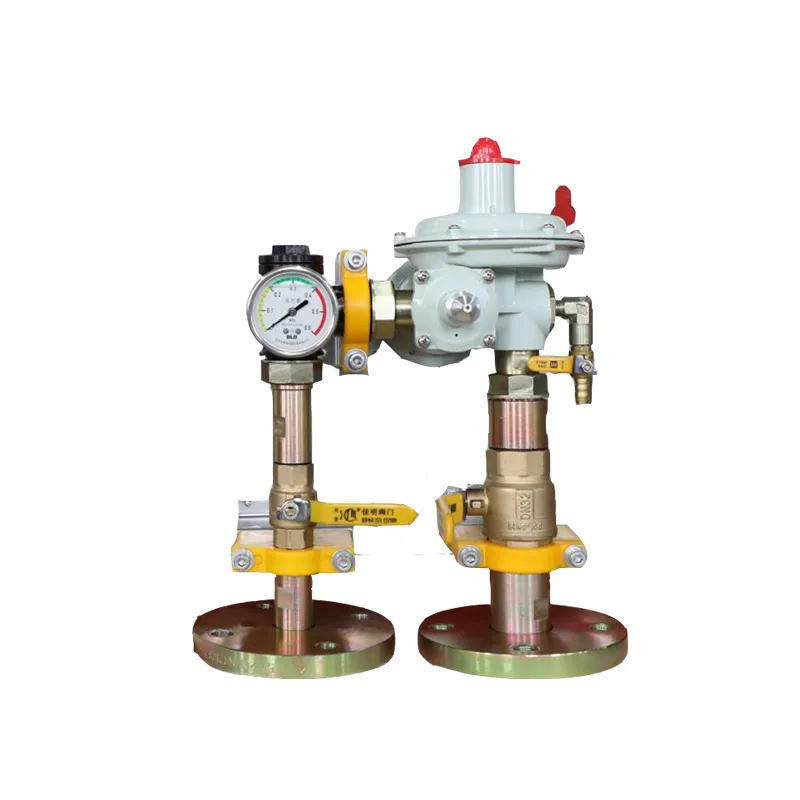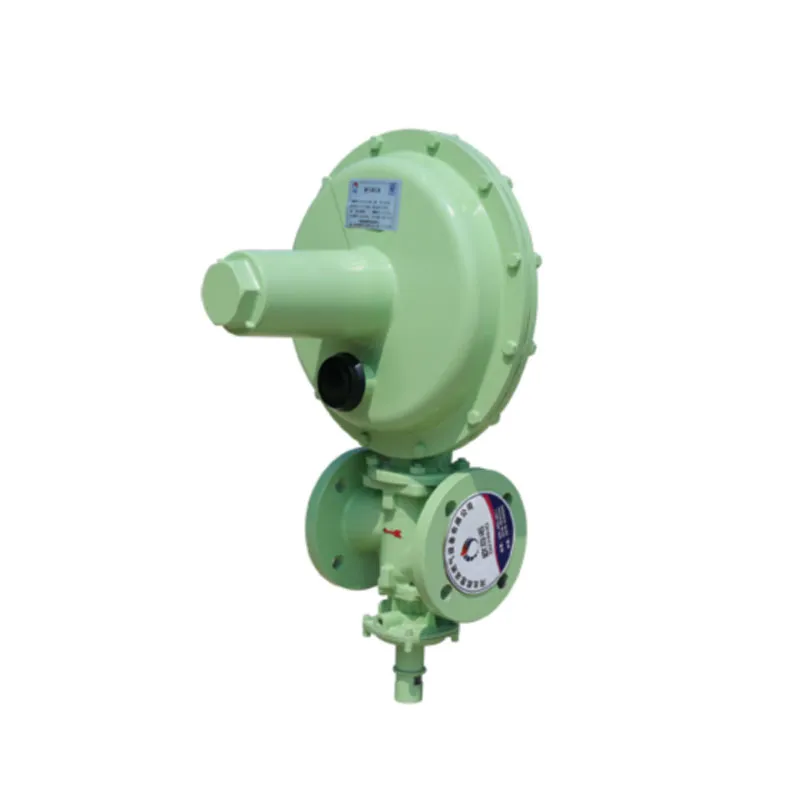
Jul . 08, 2025 05:07
Back to list
High-Efficiency Gas Coalescer Filter for Clean & Dry Fuel Gas Advanced Filtration Solutions
- Introduction to Gas Coalescer Filter: Functionality and Industry Relevance
- Understanding the Demand: Market Size and Data Insights
- Technical Advantages of Fuel Gas Filter Coalescer Solutions
- Manufacturer Comparison: Performance, Cost, and Global Reach
- Custom Engineering for Specific Industry Requirements
- Application Case Studies in Energy, Petrochemical, and Power Generation Sectors
- Gas Coalescer Filter: Future Trends and Industry Recommendations

(gas coalescer filter)
Introduction to Gas Coalescer Filter: Functionality and Industry Relevance
Gas coalescer filters have become an essential part of modern gas processing and fuel supply chains. Designed to efficiently remove liquid aerosols, solid particulates, and vapors from gas streams, these filters have been integrated into a variety of critical infrastructure industries. Their primary role is not only to protect downstream equipment such as compressors, turbines, and pipelines but also to enhance the quality of delivered gas. According to recent studies, the global demand for these filtration systems has surged as industries face stricter environmental and operational regulations. By ensuring that contaminants such as oil, water, and solids are kept below stringent PPM (parts per million) levels, gas coalescer filter
s directly contribute to asset longevity, product reliability, and compliance with international standards like ISO 8573 and API 614.
Understanding the Demand: Market Size and Data Insights
The market size for gas coalescer filters and fuel gas filter coalescer units has experienced a CAGR of 5.2% over the past five years and is projected to reach USD 4.8 billion by 2028. Driving factors include:
- Increased gas-fired power generation worldwide
- Expanding natural gas compressor stations
- Growth in downstream oil & gas and petrochemical sectors
- Stringent emission and process purity mandates
Technical Advantages of Fuel Gas Filter Coalescer Solutions
Today's fuel gas filter coalescer units are the result of extensive engineering improvements. Key advantages include:
- High removal efficiency: Achieving >99.99% coalescence of liquid droplets ≥0.3 microns
- Low pressure drop: Innovative pleated micro-glass and synthetic fiber cartridges reduce differential pressure through optimized flow paths
- Versatility in media selection: Options include borosilicate glass, polytetrafluoroethylene (PTFE), and proprietary blended fibers suitable for various gas chemistries
- Long service intervals: Advanced filter media and design minimize clogging, supporting intervals of up to 24 months between changes
- Thermal and chemical resistance: Withstand operating temperatures from -40°C to 150°C and resist aggressive fluids
- Compliance: Tested to ASME VIII, PED, and ATEX certifications for global deployment
Manufacturer Comparison: Performance, Cost, and Global Reach
Numerous manufacturers supply gas coalescer filters, but selection must consider multiple criteria, including technical performance, lifecycle cost, and support infrastructure. Below is a data-driven comparison of leading vendors:
| Vendor | Removal Efficiency (%) | Pressure Drop (mbar) | Average Cartridge Life (months) | Global Service Coverage | Estimated Unit Cost (USD, 10" Cartridge) |
|---|---|---|---|---|---|
| Parker Hannifin | 99.98 | 55 | 18 | Worldwide (180+ countries) | 110 |
| Pall Corporation | 99.99 | 52 | 20 | Worldwide (150+ countries) | 145 |
| PECO (Energy) | 99.97 | 60 | 24 | North America, Europe, Asia-Pacific | 125 |
| Filtration Group | 99.95 | 63 | 15 | EMEA & Americas | 98 |
| Donaldson | 99.96 | 57 | 16 | Global Distribution | 103 |
Custom Engineering for Specific Industry Requirements
While off-the-shelf gas coalescer filter solutions address standard applications, many sectors—such as LNG, petrochemicals, and hydrogen production—require custom engineering. Such customizing involves optimization of:
- Material compatibility for aggressive or sour gas streams, utilizing advanced polymer or stainless steel filter housings
- Flow rate calibration to accommodate variable operational scenarios, from 10 Nm³/h up to 500,000 Nm³/h
- Footprint minimization for offshore or compact sites
- Automatic drain systems for high-liquid-load environments
- Integration of real-time differential pressure monitoring for predictive maintenance
Application Case Studies in Energy, Petrochemical, and Power Generation Sectors
To better illustrate operational advantages, the following real-world implementations underscore measurable outcomes across sectors:
- Natural Gas Power Plant (Europe): Retrofitting with high-efficiency coalescer cartridges reduced gas turbine fouling by 37%, extending major overhaul intervals from 40,000 to 60,000 hours. The net annual OPEX savings exceeded $950,000 due to minimized downtime.
- LNG Terminal (Asia-Pacific): Facility processing sour and wet gas streams saw pre-filter liquid carryover drop from 120 PPM to less than 1 PPM. Enhanced filter performance enabled compliance with export gas contract specifications, avoiding $2.1 million in penalties.
- Petrochemical Complex (Middle East): Implementation of fuel gas filter coalescer technology in steam cracking operations reduced catalyst deactivation by 28%, translating to higher production yields and $1.3 million in annualized value creation.
- Pipeline Compressor Station (North America): Automated filter monitoring and change-out extended average filter operating time by 35%, while remote data integration cut unscheduled maintenance events by 50%.
Gas Coalescer Filter: Future Trends and Industry Recommendations
The future of gas coalescer filter technology is set for accelerated evolution, driven by the dual agendas of sustainability and digitalization. New research and development is focusing on:
- Eco-friendly filter media with lower disposal impact
- In-line condition monitoring and IoT-enabled predictive maintenance
- Enhanced separation efficiency for ultra-fine aerosols and nanoparticles
- Integration in hydrogen and renewable gas value chains

(gas coalescer filter)
FAQS on gas coalescer filter
Q: What is a gas coalescer filter?
A: A gas coalescer filter is a specialized filtration device used to remove liquid droplets and solid particles from gas streams. It works by coalescing fine liquid mist into larger droplets for easier removal. This ensures cleaner gas output and protects downstream equipment.Q: How does a fuel gas filter coalescer improve system performance?
A: A fuel gas filter coalescer enhances system efficiency by trapping contaminants and coalescing moisture in the fuel gas. This prevents equipment fouling and corrosion. As a result, it extends the lifespan of downstream machinery.Q: What are the typical applications of a gas filter coalescer?
A: Gas filter coalescers are commonly used in natural gas processing plants, power generation, and chemical industries. They provide clean, dry gas for critical operations. This reduces maintenance needs and operational downtime.Q: How often should you replace a gas coalescer filter cartridge?
A: The replacement interval depends on gas quality and operating conditions, but generally ranges from 3 to 12 months. Regular inspection is important for optimal performance. Check for pressure drops as an indicator for replacement timing.Q: What are the main benefits of using a high-quality gas filter coalescer?
A: High-quality gas filter coalescers offer superior filtration efficiency and durability. They help maintain gas purity, reduce operational costs, and protect sensitive equipment. Additionally, they support compliance with industry standards.Latest news
-
What Role Do Pressure Reducers Play in Industrial Systems?NewsJun.12,2025
-
What Role Do Gas Valves Play in Industrial Safety and Functionality?NewsJun.12,2025
-
Key Components in Energy Management and Temperature ControlNewsJun.12,2025
-
Integral Components in Mechanical and Energy SystemsNewsJun.12,2025
-
How Do Industrial Valves and Filters Ensure System Safety and Efficiency?NewsJun.12,2025
-
Essential Components for Industrial Fluid Management: Valves and SystemsNewsJun.12,2025

